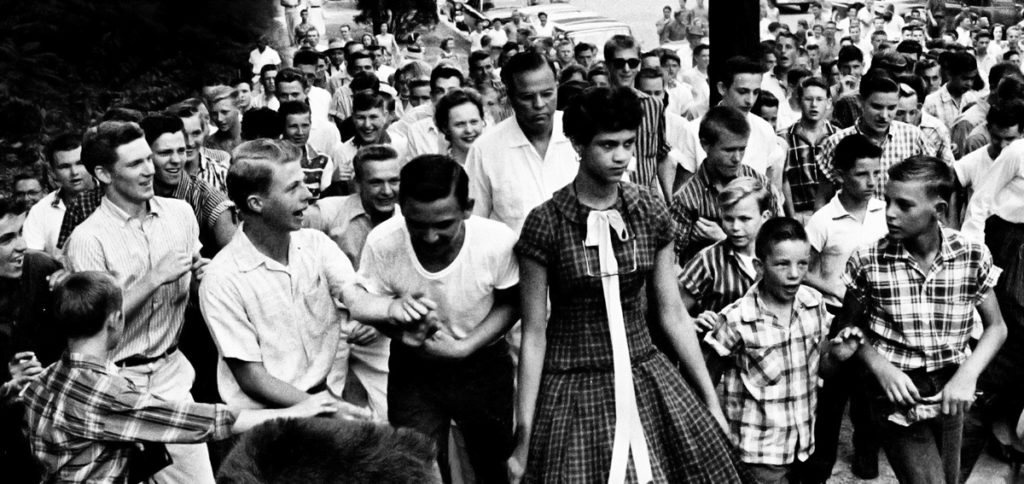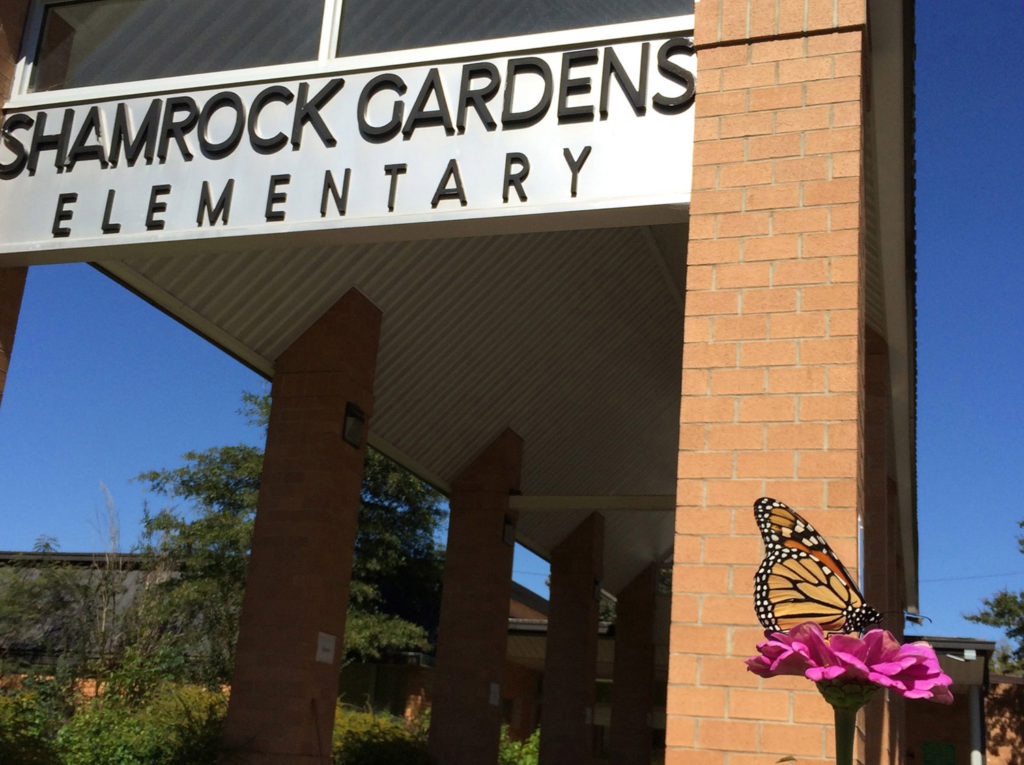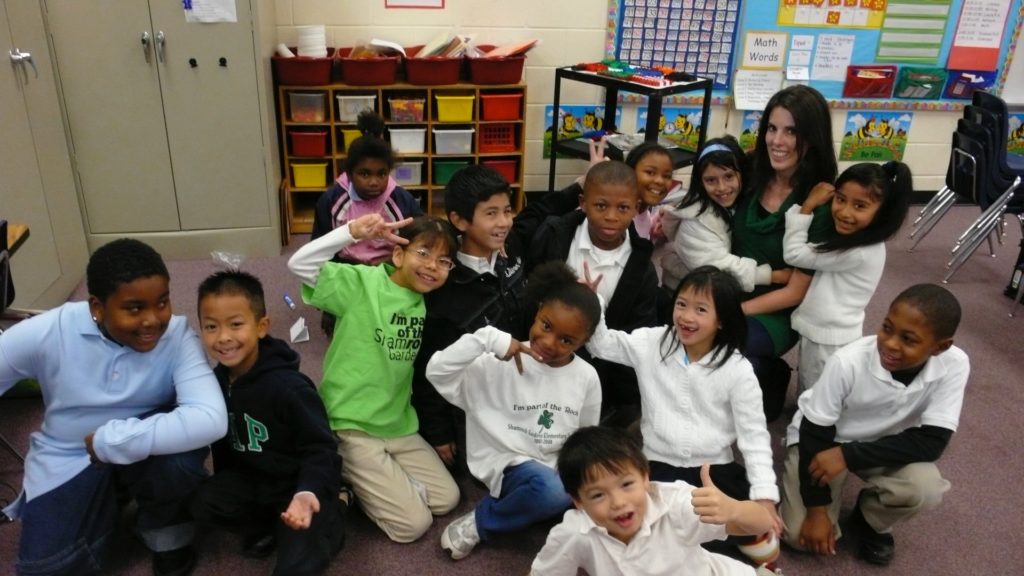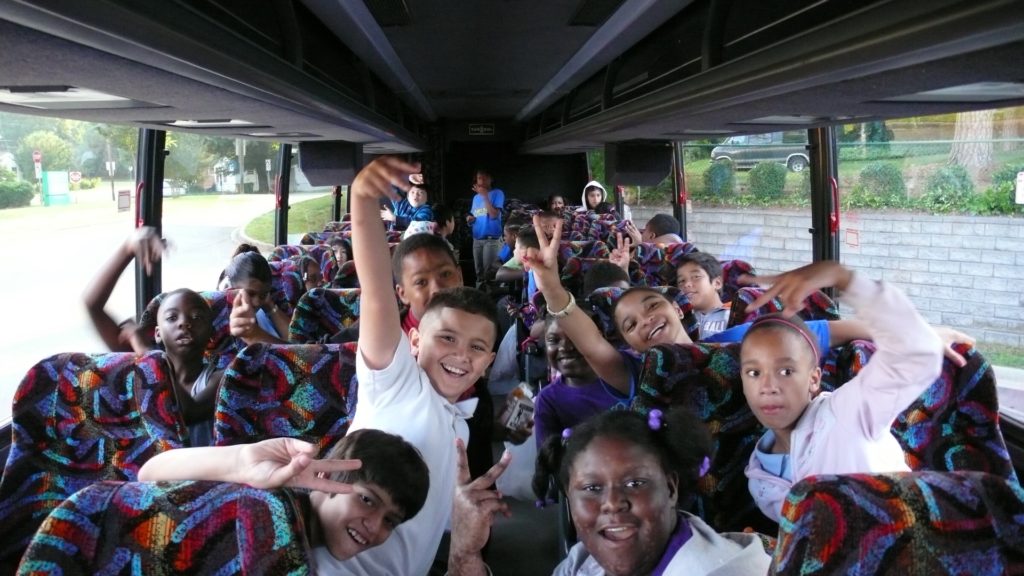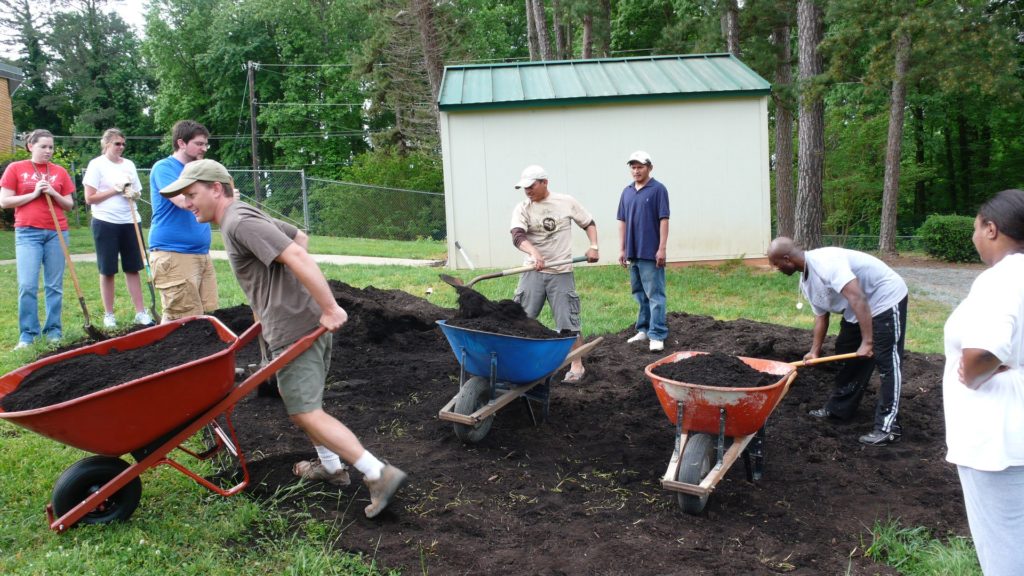It takes a village to tackle racial divides
By Pamela Grundy
Charlotte Observer, 1 October 2017
David Switzer’s message to parents at Ardrey Kell High School minced no words.
“We had a significant number of students who were intoxicated, high on drugs, cussing at other students, spitting and throwing items at our band, chanting inappropriate cuss words, shouting racial comments towards other students, vaping, and physically abusing their peers,” the Ardrey Kell principal said of his decision to clear the student section at a recent home football game.
While the incident raises many issues, I want to highlight an especially troubling piece, the “shouting of racial comments.” Switzer gave further details to an Observer reporter, explaining that some participants targeted a visiting African American eighth-grader with calls of: “Black boy, you better watch your back! Black boy, you better keep your head on a swivel!”
Our children are growing up in an era of rising racial polarization, when black activists and white supremacists are taking to the streets in numbers not seen since the 1960s; when issues such as police shootings of African Americans and deportation of young Latinos have become the focus of intense public debate; and when the occupant of the White House has opened a racially charged feud with, of all institutions, the NFL.
We need to take a hard look at what our young people are learning from the world around them.
Regardless of what teachers, parents, ministers and other adults say, young people take important lessons from the separate and unequal world in which too many of us live – lessons about who belongs where, about who matters and who doesn’t, about who challenges injustice and who defends the status quo.
No one is better than a teenager at figuring out when platitudes don’t match reality.
Those ugly threats hurled at the football game do not, of course, represent the views of a majority of Ardrey Kell students. Nor is Ardrey Kell the only school where this kind of conflict arises. But that a group of young people at one of our county’s wealthiest, whitest high schools felt empowered to menace a black eighth grader is a warning.
The dramatic racial and economic divides that mark our county’s housing patterns, and thus the makeup of many of our public schools, do not serve the interests of our county or our nation. We all need to do more to address the mix of developer priorities, public policies and private choices that has brought us to this crossroads.
Our community has a history of doing this difficult work. In 1974, faced with the greatest crisis in the county’s history, Mecklenburg County residents rose to the occasion and pitched in on a school assignment plan that created the nation’s most desegregated schools. Parents who could have sent their children to private schools put them on the bus instead. Sadly, this heroic effort did not extend to housing, which limited its long-term legacy. Still, it made our community a better, fairer more prosperous place.
The present day holds little prospect for such bold action. But plenty can be done to tackle racially and economically isolated schools.
Dedicated parents at Billingsville, Cotswold, Dilworth, Sedgfield and Eastover offer one example, as they work to merge their attendance zones and create strong, racially and economically mixed schools that help all their students grow in many ways.
So do parents at places such as Idlewild, Oakhurst, McClintock and East Mecklenburg, who have bucked the status quo and chosen homes and schools based on the belief that schools are not defined solely by test scores, and that educating a child and bridging racial and economic gaps are not mutually exclusive.
Reaching across social divides is not easy for anyone. As students at West Charlotte High School noted in 1971, the work requires “giving of oneself, sharing with others, investigating the problems of our society . . . and finding workable solutions.” It involves a level of commitment, energy and courage that goes beyond volunteerism. But this is precisely the kind of commitment, energy and courage that our community and our country need right now. These are the kinds of lessons that our children need to learn.
